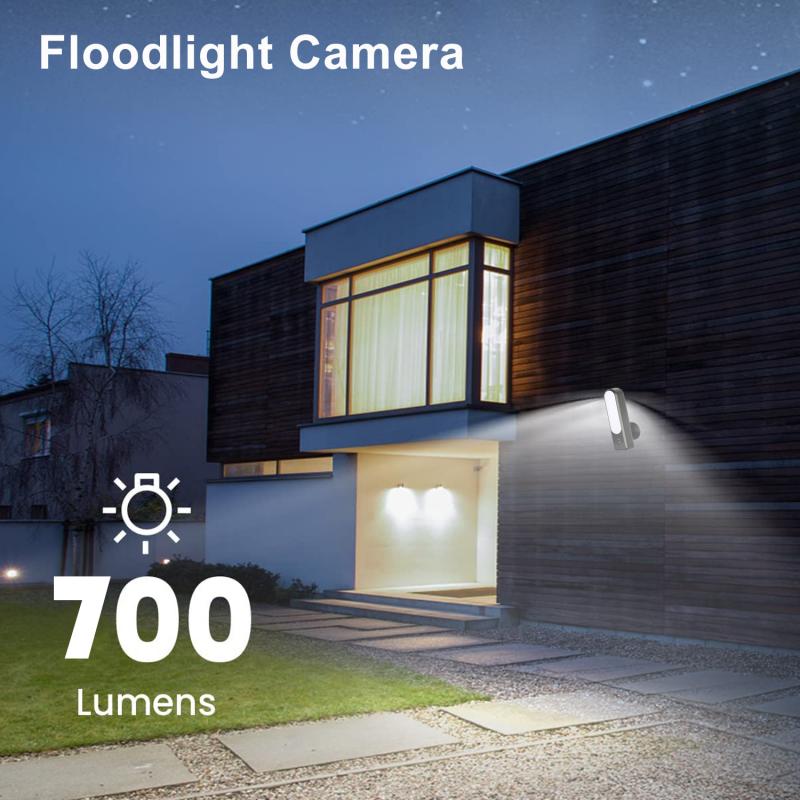How Does The Compound Light Microscope Work ?
The compound light microscope works by using a combination of lenses to magnify the image of a specimen. Light passes through the specimen and is focused by the objective lens, which produces a magnified real image. This image is then further magnified by the eyepiece lens, which allows the viewer to see the enlarged virtual image. The microscope also contains a condenser lens, which focuses the light onto the specimen, and an illuminator, which provides a light source. By adjusting the focus knobs, the viewer can bring the specimen into sharp focus and observe its details.
1、 Optical principles of compound light microscopy
The compound light microscope is a widely used tool in scientific research and education. It utilizes a combination of optical principles to magnify and visualize small objects that are otherwise invisible to the naked eye.
At its core, the compound light microscope consists of two lenses: the objective lens and the eyepiece lens. The objective lens is positioned close to the specimen and collects light that passes through it. This lens has a short focal length, which allows for high magnification. The collected light is then focused onto the eyepiece lens, which further magnifies the image and projects it into the observer's eye.
One of the key principles behind the compound light microscope is the concept of refraction. When light passes through different mediums, such as air and glass, it changes direction. This phenomenon is utilized in the microscope to bend and focus light rays, allowing for magnification of the specimen.
Another important principle is the numerical aperture (NA) of the lenses. The NA determines the microscope's ability to gather and resolve fine details of the specimen. Higher NA values result in better resolution and clarity. Modern microscopes often employ specialized lenses with high NA values to achieve enhanced imaging capabilities.
In recent years, advancements in technology have led to the development of more sophisticated compound light microscopes. For instance, confocal microscopy uses laser scanning and pinhole apertures to eliminate out-of-focus light, resulting in improved image quality and depth perception. Additionally, fluorescence microscopy utilizes fluorescent dyes to label specific structures within the specimen, allowing for selective visualization of targeted components.
Overall, the compound light microscope operates on the principles of refraction and numerical aperture to magnify and visualize small objects. Ongoing advancements continue to enhance the capabilities and applications of this essential scientific tool.

2、 Components and functions of a compound light microscope
The compound light microscope is a widely used tool in scientific research and education. It allows scientists and students to observe small objects or organisms that are not visible to the naked eye. The microscope works by using a combination of lenses and light to magnify the specimen being observed.
The main components of a compound light microscope include the eyepiece, objective lenses, stage, condenser, and light source. The eyepiece, or ocular lens, is the lens that the viewer looks through to observe the specimen. The objective lenses are located on a rotating turret and provide different levels of magnification. The stage is where the specimen is placed for observation, and it can be moved up and down or side to side to adjust the position of the specimen. The condenser is a lens that focuses the light onto the specimen, and the light source provides illumination.
When using a compound light microscope, the specimen is placed on the stage and illuminated by the light source. The light passes through the condenser and is focused onto the specimen. The objective lenses then magnify the image of the specimen, and this magnified image is further magnified by the eyepiece. The viewer can adjust the focus and magnification by rotating the objective lenses and adjusting the position of the stage.
The compound light microscope has been a fundamental tool in biology and other scientific disciplines for centuries. However, recent advancements in technology have led to the development of more advanced microscopes, such as electron microscopes, which can provide even higher levels of magnification and resolution. These newer microscopes use beams of electrons instead of light to magnify the specimen, allowing for the observation of even smaller details. Nonetheless, the compound light microscope remains an essential tool in many laboratories and classrooms due to its simplicity, affordability, and versatility.

3、 Illumination techniques in compound light microscopy
The compound light microscope is a widely used tool in scientific research and education. It allows scientists and students to observe small objects or organisms that are not visible to the naked eye. The microscope works by using a combination of lenses and illumination techniques to magnify and illuminate the specimen.
The basic principle of the compound light microscope involves passing light through the specimen and then through a series of lenses to magnify the image. The light source, typically a bulb or LED, provides illumination from below the specimen. The light passes through the condenser, which focuses and directs the light onto the specimen. The objective lens, located just above the specimen, further magnifies the image. The eyepiece lens, or ocular, then magnifies the image again for the observer to see.
In recent years, advancements in illumination techniques have improved the capabilities of compound light microscopy. One such technique is fluorescence microscopy, which involves using fluorescent dyes or proteins to label specific structures or molecules within the specimen. When illuminated with a specific wavelength of light, these labeled structures emit light of a different color, allowing for their visualization. This technique has revolutionized the study of cellular processes and has become an essential tool in fields such as cell biology and immunology.
Another advancement is the use of confocal microscopy, which allows for the imaging of thick specimens with high resolution. This technique uses a pinhole aperture to eliminate out-of-focus light, resulting in sharper images and improved depth perception. Confocal microscopy has been instrumental in studying three-dimensional structures and processes within cells and tissues.
In conclusion, the compound light microscope works by using lenses and illumination techniques to magnify and illuminate the specimen. Recent advancements in illumination techniques, such as fluorescence microscopy and confocal microscopy, have expanded the capabilities of this essential scientific tool. These advancements have allowed scientists to explore the microscopic world with greater detail and precision, leading to new discoveries and advancements in various fields of research.

4、 Magnification and resolution in compound light microscopy
The compound light microscope is a widely used tool in scientific research and education. It works by using a combination of lenses to magnify and resolve the details of a specimen.
The basic principle of the compound light microscope involves the use of two lenses: the objective lens and the eyepiece lens. The objective lens is located near the specimen and collects light that passes through it. This light is then focused to form a magnified image of the specimen. The eyepiece lens, located near the observer's eye, further magnifies this image, allowing for detailed examination.
Magnification is achieved by using lenses with different focal lengths. The objective lens typically has a shorter focal length, resulting in a higher magnification. The eyepiece lens provides additional magnification, allowing for a total magnification of the specimen.
Resolution, on the other hand, refers to the ability of the microscope to distinguish between two closely spaced objects. It is determined by the wavelength of light used and the numerical aperture of the lenses. The numerical aperture is a measure of the lens' ability to gather light and is influenced by the lens' design and the refractive index of the medium between the lens and the specimen.
In recent years, advancements in technology have led to improvements in both magnification and resolution in compound light microscopy. High-resolution objectives with specialized coatings and improved lens designs have allowed for higher magnification and better image quality. Additionally, the development of new techniques such as confocal microscopy and super-resolution microscopy has pushed the limits of resolution, enabling scientists to visualize structures at the nanoscale.
Overall, the compound light microscope continues to be a valuable tool in scientific research, providing detailed and magnified views of specimens. Ongoing advancements in technology are further enhancing its capabilities, allowing for even greater insights into the microscopic world.








































